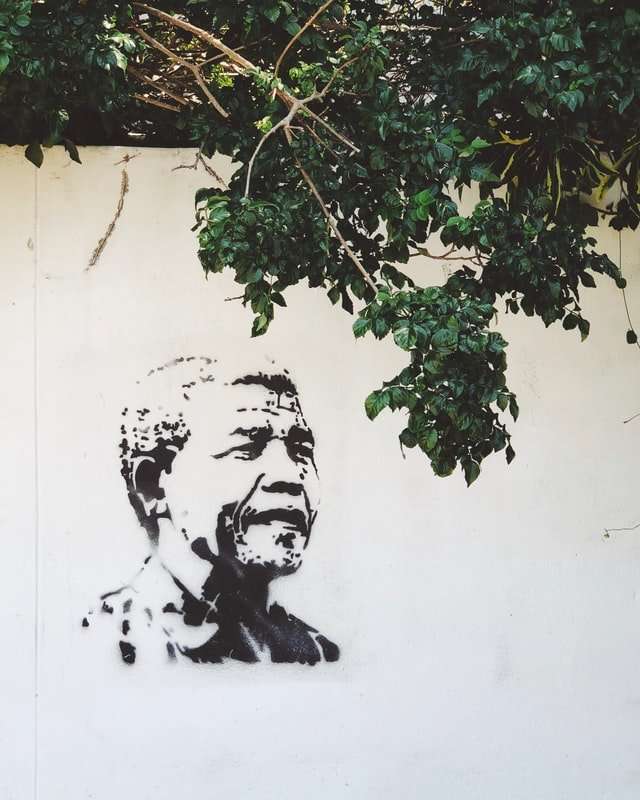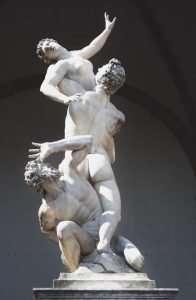This is the first post in a new blog about how to be creative.
I will be writing about overcoming roadblocks, getting more productive and making your art better.
I will try to make it fun, but there is also some information that I found useful in making my own art.
Thank you for reading and following my blog.
If you have any comments, suggestions or requests feel free to leave a comment or email me at:
artblockblog at gmail dot com
“Art block” is a term used to describe the time when you have lost your creativity, your motivation, and your inspiration. So what is art block? And how do you get over it?
How do you get over art block?
The first thing you should know about art block is that it’s pretty normal. Like hiccups, they seem to happen to everyone at some point or another. They usually last only a limited period of time, but even if it seems like forever, the truth is that they don’t really cause permanent damage to your artwork.
Treatments for art block
In order to beat art block off, here are some of the things that I’ve tried:
Block busters:
1. Get away from what you are working on (at least temporarily)
2. Talk about art with someone
3. Make something else entirely different (can be anything)**
Art block happens. It’s a real thing, and it can be really frustrating. Not being able to do the thing you want to do is a bummer. But there are ways to get around it. If you’re just starting out, art block is an opportunity for learning, not failure. Everyone should get art block from time to time, and it’s no reflection on your abilities as an artist. It’s just something that happens sometimes when you try to make art.
Trying to solve the problem of art block by making more art is like trying to solve the problem of hunger by eating more food. It doesn’t work. You only end up with more art and more hunger.
Artists who are stuck suffer from too many ideas and not enough focus, or from too much focus but no ideas worth focusing on, or usually both at once.
Art block, creative block, writer’s block. Whatever you call it, it’s a real thing. It happens to most artists and it’s the worst! I’ve been there plenty of times, and now I’m back again. As a professional artist that has been around for some time now, I have decided to blog about it so that maybe someone who is suffering from this terrible thing can find some answers here.
Trying to come up with ideas when you are blocked is not easy. I will try my best to convey to you what I do when art block hits me so that hopefully you can find a way to get around yours too!
I have a lot of great ideas in my head. There are several methods of getting these ideas out onto paper or whatever medium you use. This has worked for me every time; maybe it will work for you too!
If you’re here, it’s likely you have this problem. You want to make art, but it doesn’t come as naturally as breathing and you can’t figure out how to work around it. It’s just a part of your normal life now.
This happens often to artists, but it doesn’t have to. There are steps you can take to get over this and start creating art more easily and consistently.
Here’s the deal:
You need a change in your life. Something big enough to break your current cycle of behavior. Some examples would be: moving somewhere new and making friends, changing jobs or careers, going on a vacation, getting married or divorced, starting school, having a child or pet or other major responsibility… the list goes on and on. But you need to make some kind of change that will force you into doing art regularly. Nothing else will do it because nothing else will shake up your current routine enough to let the natural process start working again. You need an intervention.*
Art is hard. It takes a lot of effort to make art. You have to be really dedicated. And that’s how you get real art – the stuff that goes beyond technique, that has something to say, that makes you feel more alive just looking at it.
Thing is, I never thought about this until pretty recently. I just set out to make some stuff, and when I got stuck or hit a wall, I’d try to figure out what was wrong. But now I think it’s important to go into art with a plan and know your goals and know what you’re willing to sacrifice to achieve them.
I started thinking about this when I was writing my book on trying new things called Yes Man – it changed my life so much that I didn’t want to just keep my experiences for myself, so I wrote a book about them as part of the process of making them into something more permanent in the world.
And then when I was promoting the book in Austin, Texas, I gave a talk at an art center there called the Contemporary (not contemporary music). The place is amazing – they’ve got a gallery and a black box theater and all these other spaces for different kinds of art happening all the time.
In conversation afterward with one
If you love art, you probably love it because of the way it makes you feel. It’s that feeling that keeps you coming back to do more art, and if you stop feeling it, the whole thing starts to seem pointless.
The feeling is called “flow” by Mihaly Csikszentmihalyi, who wrote a book about it. He says that flow is “being completely involved in an activity for its own sake. The ego falls away. Time flies.” He also says: “When we are growing up, most of us are told that playing is a waste of time… But play is far from superfluous in the life span of the human animal. It is in play that we discover what we can do.”
Flow feels like being awake inside a real-life video game. You forget yourself during flow; there’s no room for self-consciousness or doubt about your abilities. A good sign that you’re in flow is when you feel like what you’re doing isn’t difficult anymore. You just do it. It’s not hard or even particularly challenging — it just is.
Trying to force yourself into flow — which is what most people think they’re doing when they “try to be creative” — doesn


